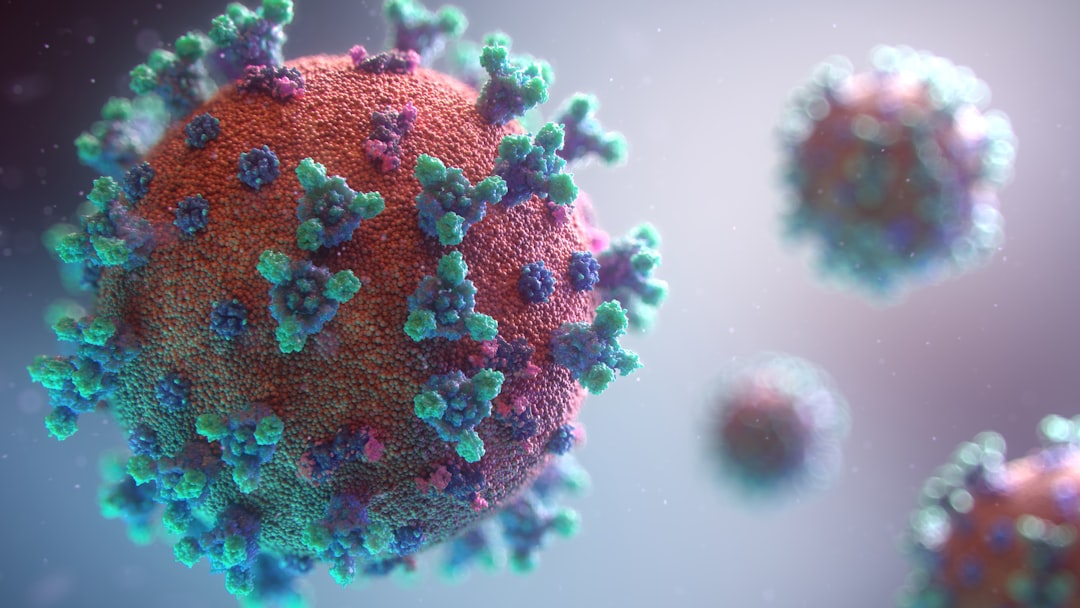What is it about?
The majority of the microbial activity within the subsurface at Oak Ridge Reservation and other DOE sites of interest is predominantly found attached to sediment as biofilms. As part of our mission to link the molecular functions within individual microbes to the integrated activities of microbial communities and ultimately attain a mechanistic and predictive understanding of the subsurface community, we must ascertain how these biofilms form and what the environmental drivers are for attachment and/or detachment. Identification of the required genes is a critical step for determining the mechanism of biofilm formation. Here, the transporter by which biofilm structural proteins are exported from sulfate-reducing Desulfovibrio vulgaris Hildenborough cells was discovered and a single nucleotide change within this transporter gene was found to be sufficient to completely stop formation of biofilm. Furthermore, an adjacent gene was identified as a probable response regulator. Future studies will determine site-relevant parameters that control biofilm activity as well as how these responses change in multi-species biofilms.
Featured Image
Read the Original
This page is a summary of: Unintended Laboratory-Driven Evolution Reveals Genetic Requirements for Biofilm Formation by
Desulfovibrio vulgaris
Hildenborough, mBio, October 2017, ASM Journals,
DOI: 10.1128/mbio.01696-17.
You can read the full text:
Contributors
The following have contributed to this page










